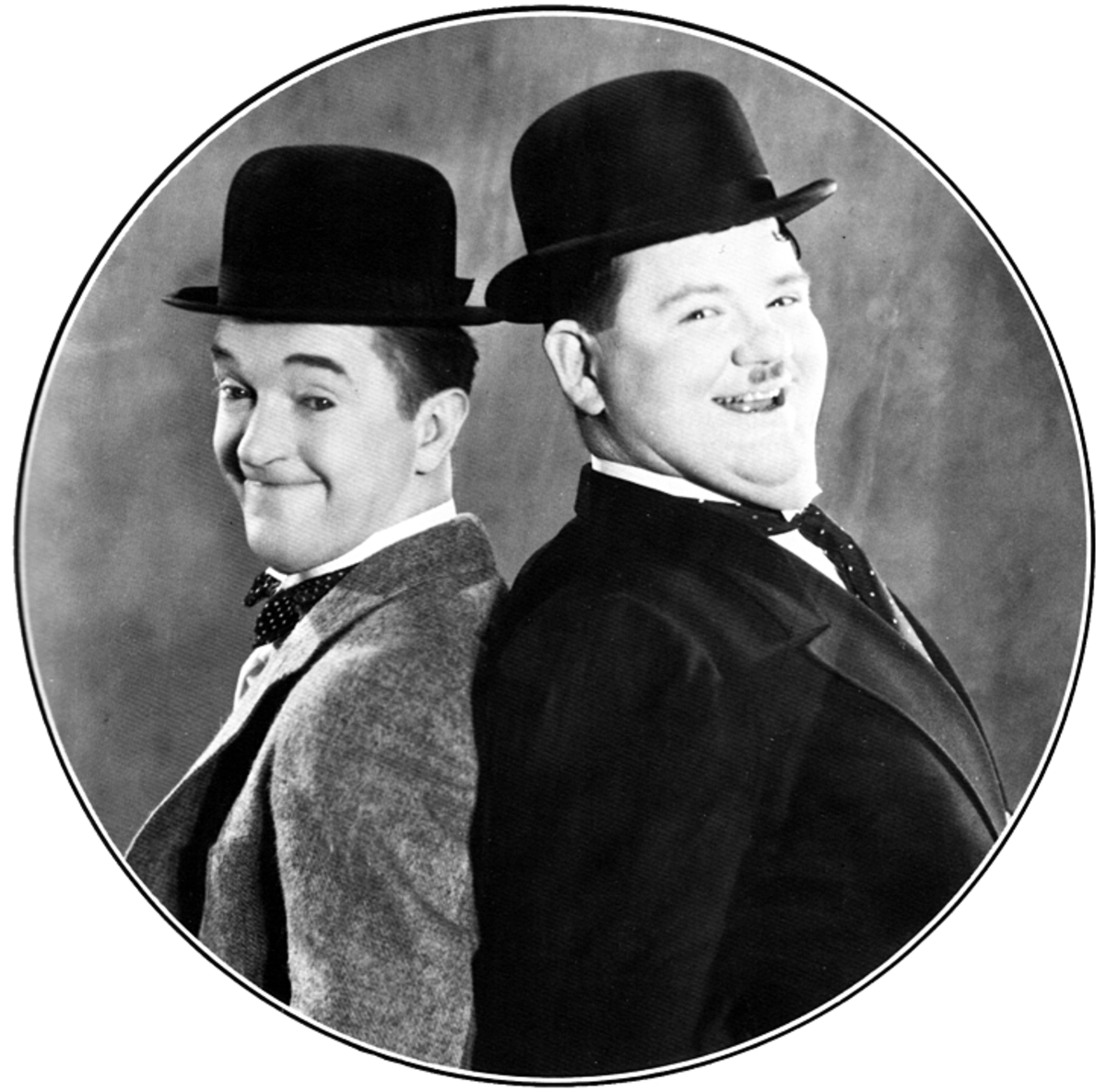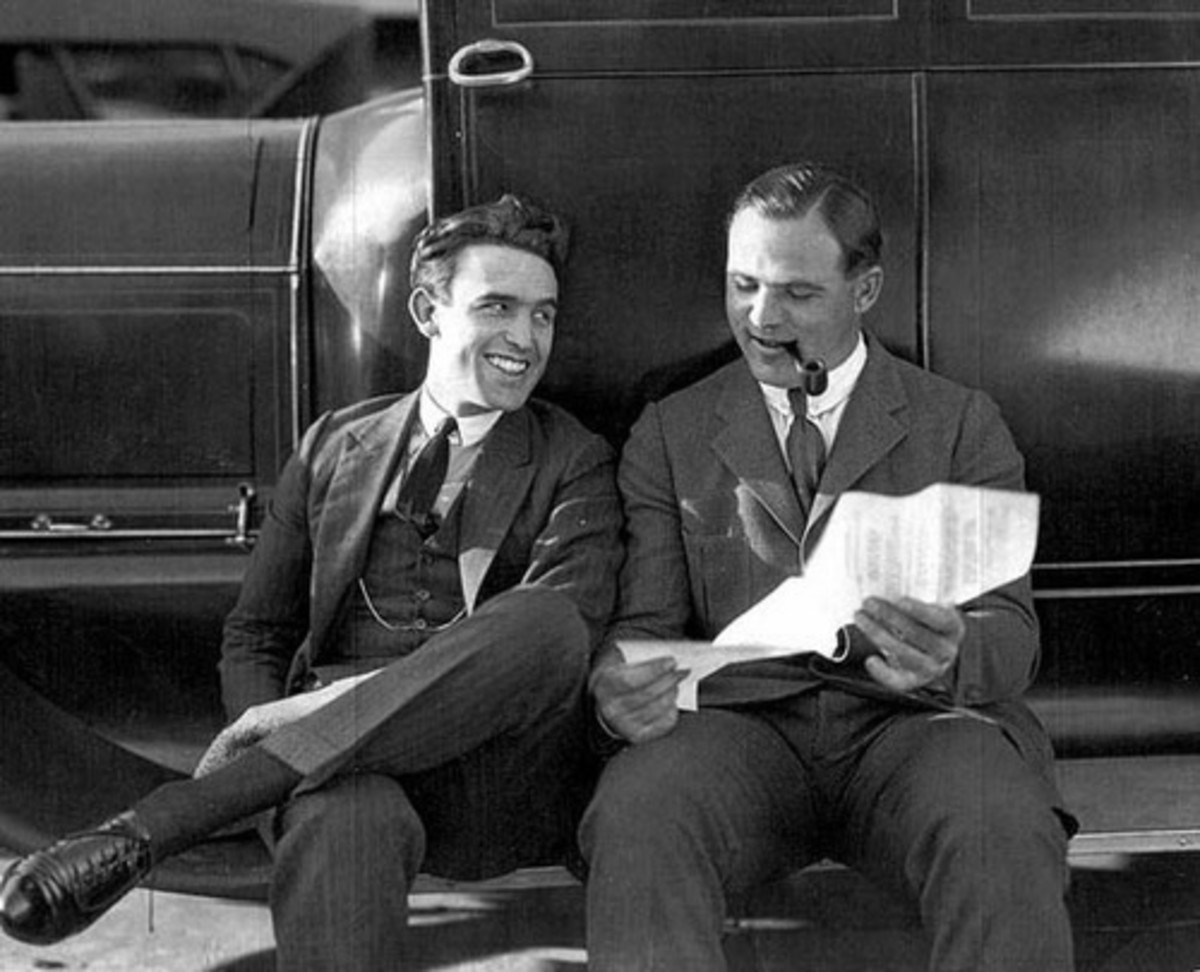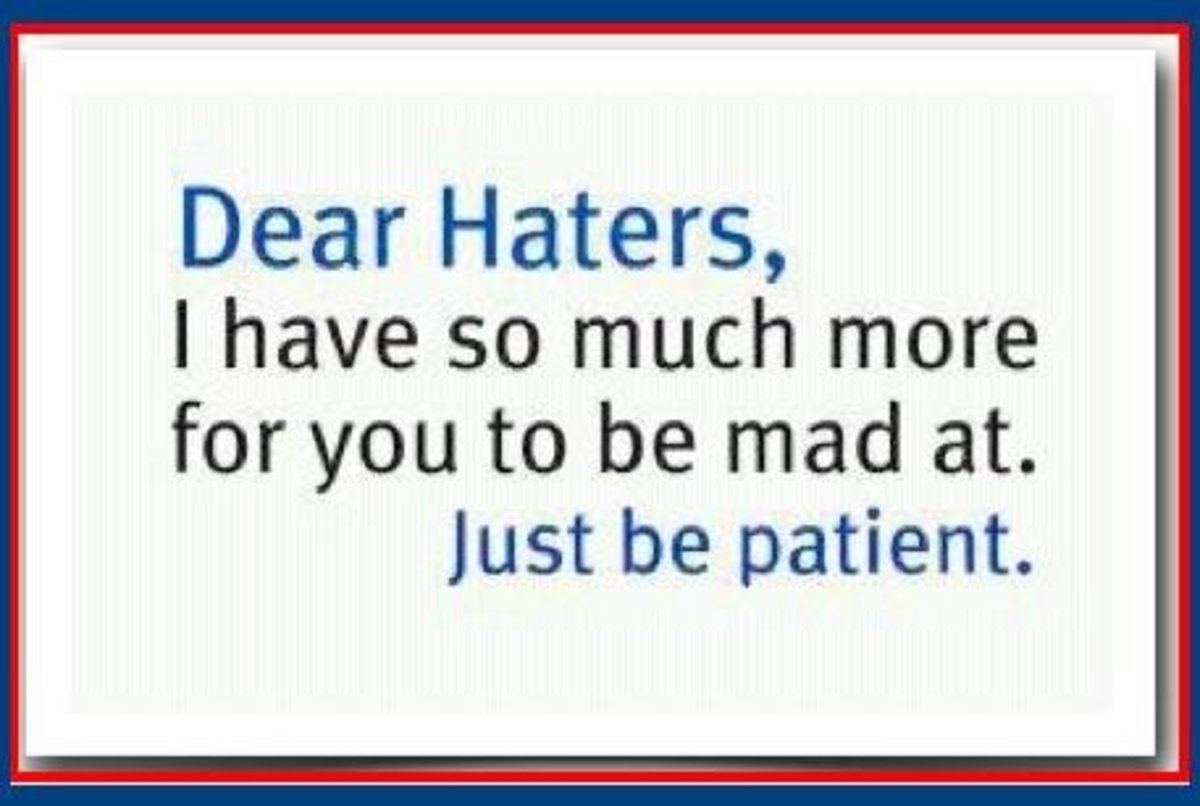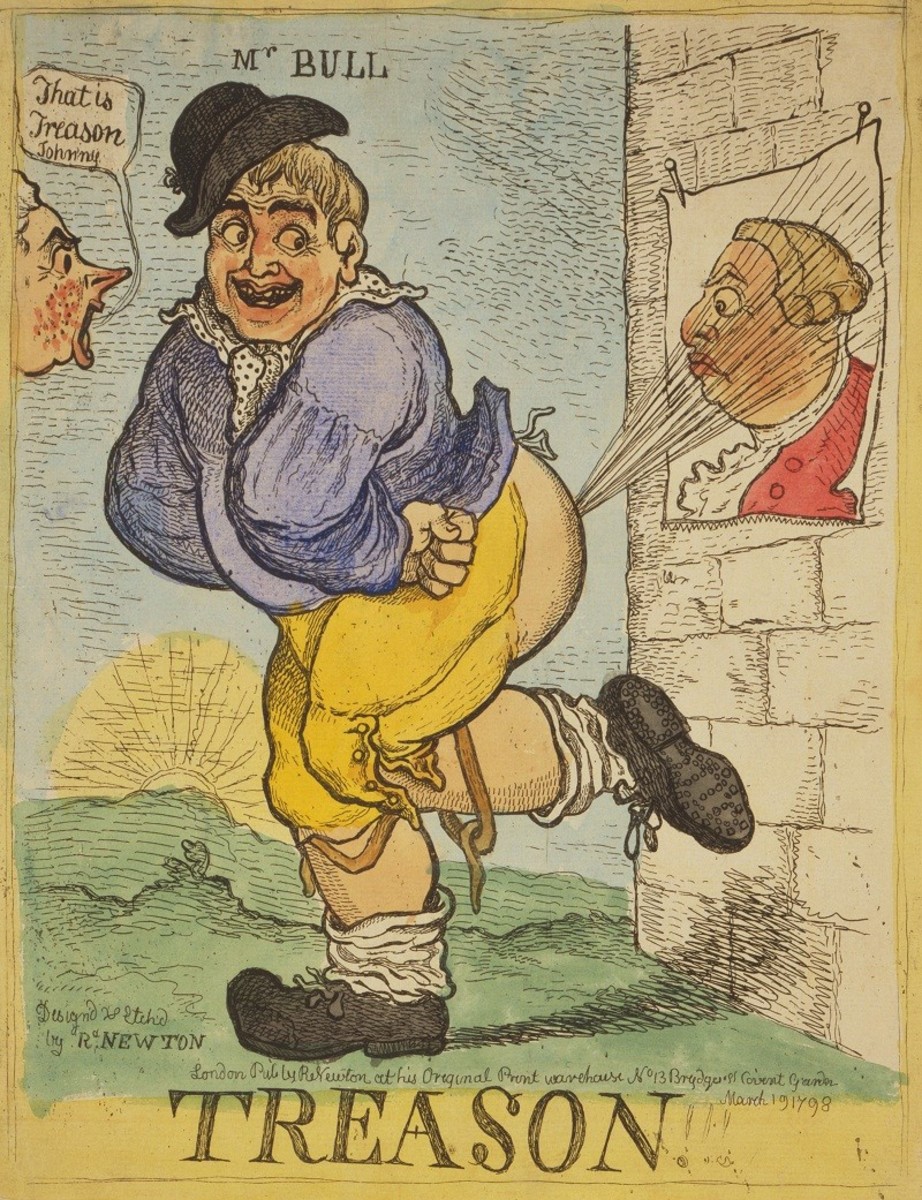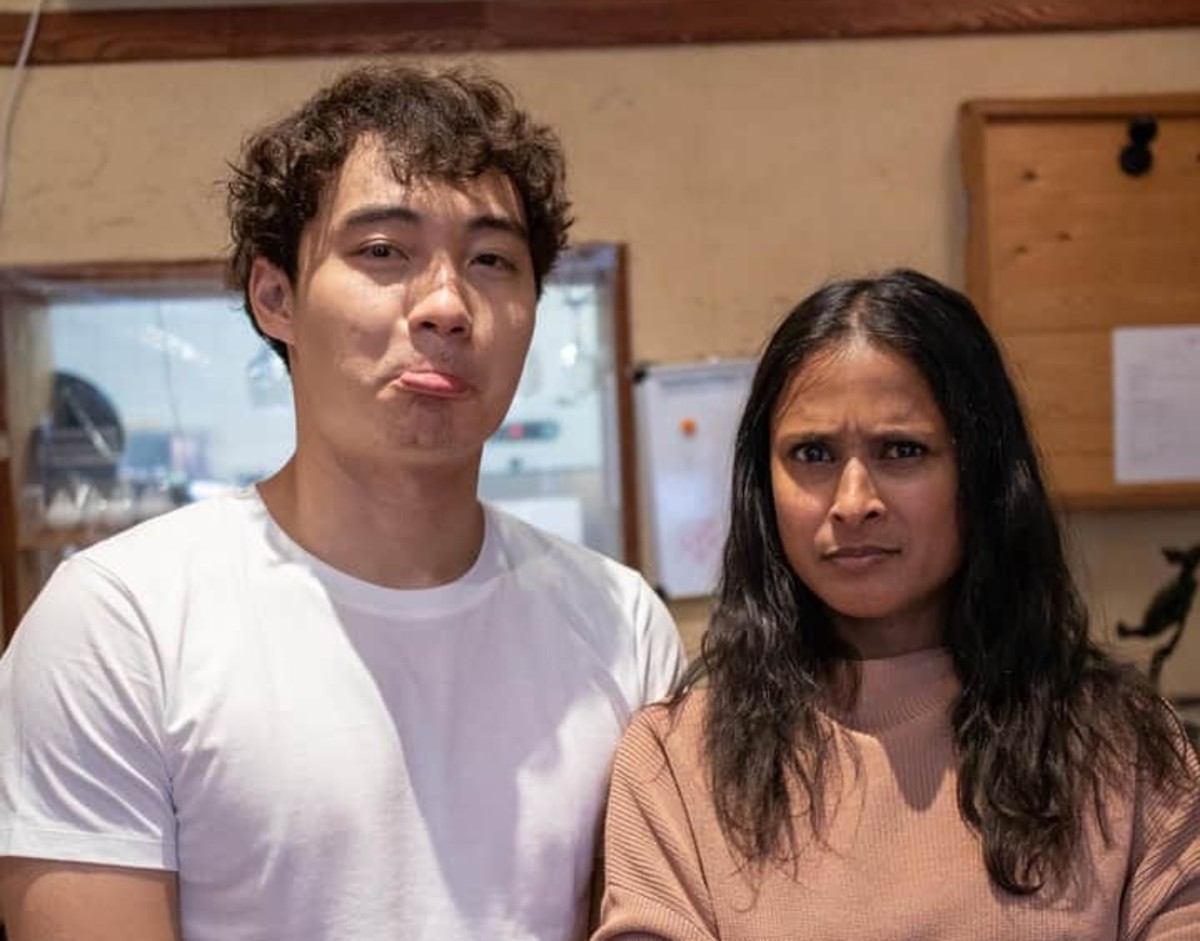Laurel & Hardy at M.G.M
Stan Laurel left Hal Roach studios in late 1940, taking Oliver Hardy with him. Laurel could no longer get along with the boss and wanted more artistic freedom in the team's movies. The irony was that they ended up making movies they had very artistic freedom in. None of the major studios were willing to allow their comics to have complete control of a major motion picture. Where Roach had the patience to allow Stan Laurel and Oliver Hardy to improvise and create their gags on the set instead of providing a script of what they wanted to do in advance, the studios the team would later work for insisted on having prepared scripts, often written by writers who did not understand their style of humor. Most die hard fans of Laurel & Hardy consider the post Hal Roach features to be the teams worst, and would rather these films had never been made. Harsh criticism. Most of this venom goes towards the films produced by 20th Century Fox. But two of their movies made during this period were for M.G.M. Studios, the former distributor for Hal Roach up until the end of the 1930s. Surely M.G.M. would understand Laurel & Hardy, and would allow them to make movies with their brand of comedy. But that was not the case. The M.G.M. films turned out worse than the ones made at Fox.
Laurel and Hardy had already worked for M.G.M. in three feature films and a recently rediscovered promotional short. The first was for the feature Hollywood Review of 1929. It was the beginning of the sound era. Now that all the studios were converting from silent movies to sound, the new novelty was hearing for the first time the voices of the major stars. Irving Thalberg decided to capitalize on this with a major motion picture featuring most if not all of the M.G.M. stars. Instead of giving the movie a plot, it would be a filmed stage show with the stars performing individual performances. The film had been completed when Thalberg realized that there was not enough comedy, and asked Roach to lend out Laurel and Hardy to film an additional sequence. They were permitted to write their own scene, a simple routine where Hardy plays a magician and assistant Laurel ruins each trick. Not an outstandingly funny sketch, but amusing enough to satisfy the average Laurel & Hardy fan.
A year later Thalberg asked Roach to lend him Laurel and Hardy again. This time it was trouble with a musical starring opera star Lawrence Tibbet. Rogue Song (1930) was his feature film debut, and he had done a fine enough job to get a best actor nomination for the Academy Awards. The problem was with the film itself. It was too downbeat. Once again the film had been finished when Thalberg asked Laurel and Hardy to shoot some additional scenes. Hal Roach himself wrote the script for the scenes and directed, while Lawrence Tibbet was flown back in from New York to shoot one sequence where he actually interacted with Laurel and Hardy. It is nearly impossible to tell what the movie was like. M.G.M. lost the master negative long ago, and since then the complete film has been lost. A single reel was found, but one that Laurel and Hardy were not in. More recently a fragment was discovered that did feature Laurel and Hardy, but alas, the joke was that they both run into a dark cave and cuddle up to a bear. Most of the scene is just a long shot of the cave with voice over from both men commenting on where the fur coat came from before the inevitable roar and both of them running out in terror.
Two years later Thalberg asked Roach for the use of Laurel and Hardy one more time. The problem was with the feature Hollywood Party (1934), a follow up to Hollywood Review of 1929 that was to have an all star comedy cast. Hollywood Party went through a long and troubling production during which many cast members quit as well as the studio going through nearly all their directors. The finished product had Jimmy Durante playing Schnarzan, a sort of parody of Tazan. Schnarzan wants to buy new lions for his movies, and apparently the only person selling them is Baron Munchausen ( Jack Pearl ). Schnarzan decides to throw a huge party and invite Munchausen, along with every other star in Hollywood. Skipping to the end of the movie, Laurel and Hardy arrive at the door claiming that they had sold Munchausen the lions, and had not been paid properly for them. When the butler tells them to go away they instead decide to crash the party. Unable to locate Munchausen the duo end up at a downstairs bar where they get into an egg fight with Lupe Velez. While the rest of this movie is a forgettable mess, the Laurel and Hardy sequences are among the duo's best. And to top it off they were given the freedom to improvise off script. Thalberg was happy enough with them that while they were still down at the Hollywood Party set he got them to shoot a promotional short for that years upcoming movies along with foil James Finlayson. Known today as the Galaxy of Stars clip, it begins with Laurel and Hardy as janitors washing a telescope with the predictable result of Laurel swinging it around and clubbing Hardy on the head. While the comedians are only on screen for about three minutes, they were given enough leeway to create their own brand of comedy.
Ten years later Laurel & Hardy were no longer working for Roach. Their contract with 20th Century Fox was non-exclusive, allowing them to star in films for other studios. M.G.M. was only too happy when their former stars were interested in returning for a two picture deal. Having been the exclusive distributor for Hal Roach studios since 1926 M.G.M. had been the only studio to release Laurel and Hardy pictures. It was the M.G.M. logo that opened their films, and although neither comedian had ever been under contract for M.G.M. they had always been promoted as one of the studios stars. Things began to change in 1939. Roach lent Laurel and Hardy out to fellow producer Boris Morros for the film Flying Deuces which in turn was distributed by RKO Radio Pictures. At the same time Roach had decided to drop M.G.M. as his distributor and move to United Artists, and with that the final two Laurel & Hardy movies that Roach produced. M.G.M. ended up suing Roach, and the out of court settlement had M.G.M. gaining the film rights to The Devil's Brother (1933), Bonnie Scotland (1935) and Pick a Star (1937). Now that they owned six movies featuring or starring, M.G.M. was eager to add two more. The first was Air Raid Wardens in 1943.
Air Raid Wardens is a frustrating film to watch. Where 20th Century Fox was trying to turn Laurel & Hardy into Abbott & Costello, M.G.M. was determined to make a legitimate Laurel & Hardy movie. They hired former Hal Roach studio writers for the script, and even cast former Hal Roach comedian Edgar Kennedy as one of Laurel and Hardy's foils. Even director Edward Sedgwick had worked for Roach where he directed Laurel and Hardy in one feature film. The film came so close to being what the duo had done at Roach studios, closer than any of their other post Roach films. But somehow it just didn't get there. Laurel & Hardy fans have their own theory as to why this film failed to achieve the quality of a Hal Roach production. The unconfirmed story of a government official acting as technical advisor came from biographer John McCabe. According to him the advisor nixed any gags he thought made fun of the Civil Defense program, and as a result ruined the picture. Government technical advisers on Hollywood sets were not uncommon during WWII, although usually just for war films. The government did not want any film made that could be used as negative propaganda both at home or overseas. Anti war films were banned. Comedies took the brunt of the censorship. After the amazing success of Buck Privates (1941), Universal Studios had Abbott & Costello making one comedy after another where their characters entered the military. The already completed Hold That Ghost (1941) was shelved while In the Navy (1941) was rushed into production and released in record time. This was soon followed by Keep Em' Flying (1941) which was released to theaters just a week before the attack on Pearl Harbor. Much to the war office's dismay the Japanese had just released Buck Privates to their theaters and had begun using it as propaganda to show to their people how incompetent American soldiers were. Production on military comedies came to a halt, including a planned sequel to Buck Privates which had to wait until 1947.
While the story of government interference on Air Raid Wardens seems compelling, it was both unproven and could not explain why the rest of the comedy scenes in the film failed. Film historian William K Everson had his own opinion on all the post Roach films. His assessment was that the team had grown old and were simply not as sharp as they were at Roach. He also pointed out that once Laurel began to look older on screen his character became less funny. Later film historians found out that Laurel preferred flat lighting on all his films, something both Fox and M.G.M. refused to provide. The wrinkles on his face were there in the later Roach films, but thanks to the flat lighting did not show up on screen. Scott MacGillivray, author of Laurel & Hardy From the Forties Forward, came up with his own theory as to what hurt the M.G.M. films. The studio had an inflexible formula for all their comedies going back to the late silent era. The studio insisted that there be a scene where the hero bottoms out, reaching a low point where the audience could feel sorry for him. After which the hero suddenly saves the day and wins the respect of everyone. In Air Raid Wardens this bottoming out scene happens when Laurel and Hardy are framed by Edgar Kennedy who had knocked them both unconscious when they tried to douse his lights, then dumped alcohol on them so when the police showed up they would think they were drunk. They are both fired and asked to turn in their badges and equipment, and while saying goodbye Laurel gives a sad speech. In the very next scene Laurel and Hardy discover that the man they have been subletting their bike shop to is a German spy, and go on to thwart a plot to blow up the local magnesium plant. This not only makes them both the town heroes, but satisfied the studio formula. While complying to a strict formula may have accounted for hurting part of the movie, something else must be taken into account. The Second World War was raging, and everyone including Laurel and Hardy felt it was their duty to do their part in the war effort. As to this comedy on the movie would have taken a back seat to educating the audience on the dangers of German spies, and the virtues of public service including that of air raid wardens.
The war was still going strong when Laural and Hardy made their second M.G.M. film Nothing But Trouble (1944). This time M.G.M. hired famed silent film director Sam Taylor who was responsible for such classics as Safety Last! (1923). In addition Buster Keaton was working as an uncredited gag writer for the film. And there was no Civil Defence official on set to censor the humor. Which means that there is no excuse for Laurel & Hardy fans as to why this film failed. Out of all the post Roach movies, this has to be the weakest. Some blame what they believe was an inappropriate story. Laurel and Hardy are inept house servants who encounter a boy named Chris who claims to be a poor runaway from an abusive home. Stan and Ollie agree to take care of him, provided he does not let their employee find out. It turns out Chris is really the boy king of a vague European country who has grown sick of the strict royal lifestyle and has decided to run away to see what it is like to live like a real boy. Once again the M.G.M. comedy formula is in effect as Laurel & Hardy are first arrested for kidnapping the king, then once that is straitened out are told they can never see him again. And once again Stan gives a sad speech saying how he understands how lowly servants like them have no business befriending royalty. But Chris has now bonded with Stan and Ollie and does not want to part with them, so he hires them as his personal servants. To complete the formula Stan and Ollie uncover a plot by the kings uncle to have him killed so he can take over the thrown and end up saving Chris. Laurel & Hardy fans felt that the boy king story was simply incompatible with the duos comedy. But the plot was not what hurt this movie. In a way Laurel & Hardy had already done a slightly similar plot in the movie Bohemian Girl (1936), where they raise an orphan girl not realizing she is the kidnapped daughter of a nobleman. Any plot would have worked, provided Laurel and Hardy were able to provide the laughs. This time they didn't.
A big part of the problem was the gags the movie provided. Sam Taylor was known for directing suspense comedies, while Buster Keaton himself relished in suspenseful gags. Most of the set pieces in this movie rely on suspense. Having failed to purchase a much needed steak for dinner before the market closed for the day, Laurel and Hardy attempt to steal a steak from a lions cage at the zoo. At a party the king's salad is secretly poisoned by the uncle, only for Laurel and Hardy who are serving dinner to accidentally mix all the salads up, leading to a scene where the uncle nervously watches around the room to see which guest drops. And for the finale, the uncle forces Laurel and Hardy out on a ledge at gunpoint. The problem was that most of these gags would have easily worked during the silent era where actors willingly walked into a lions cage or climbed out the side of a real building when filming a suspense scene. M.G.M. no longer allowed this, so these scenes were done with trick photography and back projection, killing any chance of suspense. But most likely the real reason why this film and others made after the duo left Roach Studios had comedy that did not work was that Laurel & Hardy's humor depended on a filming style that the studios no longer allowed. When making their old films Laurel and Hardy were able to improvise on set. Gags were filmed, then rushes of the days work was reviewed. If a gag did not work Laurel would then re-shoot it, most likely coming up with a different variation. Once they got what they felt was quality comedy the film was screened before a real audience where Laurel literally counted the laughs. Here he was able to see which gags worked, what needed to be cut, what needed to be re-shot, and how the film should be edited. M.G.M. and the other studios did not allow this. Films were completely scripted long in advance of shooting, and the actors were required to stick to the script. Even if Laurel saw a way of improving a gag, he was not allowed to do so. The script needed to be shot as is, even if the gags ultimately did not work. Since Laurel and Hardy were unable to fine tune their comedy, it ultimately became hit or miss. Routines that would have worked back at the Roach studio failed miserably at Fox and M.G.M. thanks to this strict policy.
A year later Fox decided to get rid of their B movie unit, and ultimately let Laurel and Hardy go even though they had two more films under contract. Laurel and Hardy decided to retire from film and instead tour the country in a stage show. This hiatus lasted five years, after which the duo decided to get back into films. They accepted two offers, one from an international studio for a European comedy called Atoll K (1951) and a musical for RKO Studios called Two Tickets to Broadway (1951). Stan became gravely ill before filming on Atoll K began, and not fully recovered felt contractually obligated to go ahead with the movie anyway. Production ran late. What was supposed to take 12 weeks to shoot ended up taking nearly an entire year. Because of this Laurel and Hardy had to bow out of the RKO musical. Once filming finally wrapped Laurel took a year or two to recover. Plans were made for a Laurel & Hardy weekly television series, but then Hardy suffered a debilitating stroke. Soon after he passed away. Laurel and Hardy never worked for M.G.M. again, but that did not mean the studio was finished with them. Producer Robert Youngson had directed several films compiled of footage from the silent era, such as The Golden Age of Comedy (1957) and Days of Thrills and Laughter (1961). M.G.M. commissioned two of his movies, The Big Parade of Comedy (1964) which featured Laurel and Hardy clips among the footage shown, and Laurel & Hardy's Laughing 20's (1965) which was compiled of footage from several of Laurel and Hardy's silent era films.


